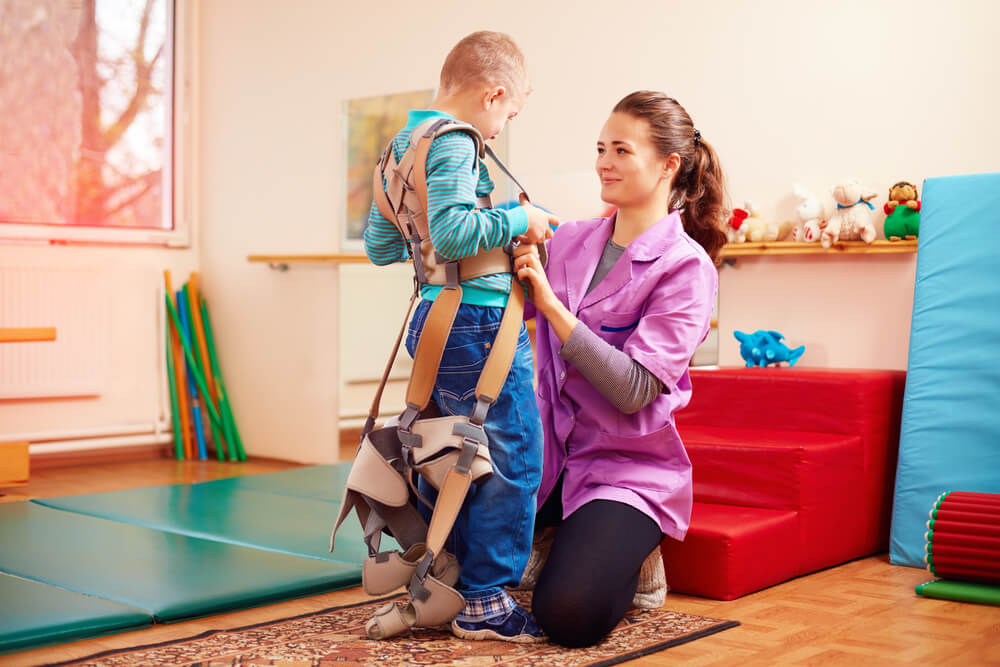What Are the Developmental Milestones Your Baby Should Reach?
One of the major indicators determining a cerebral palsy diagnosis is your baby’s developmental progress against key milestones.
Major milestones by six months
The average six-month-old baby will:
- Smile at people
- Turn head toward sounds
- Pay attention to faces and begin to track movements with their eyes
- Hold head up
- Show greater control with their movements
- String together vowels when babbling
- Respond to name
- Bring objects and food to their mouth
- Sit without support
- Roll over in both directions
- Play with others, especially parents
Major milestones by nine months
The average nine-month-old baby will:
- Have favorite toys
- Understand “no”
- Mimic sounds and gestures
- Put food in their mouth
- Move objects with ease from one hand to the other
- Get into a sitting position
- Sit without support
- Crawl
Major milestones by one year
The average one-year-old baby will:
- Cry when a parent or caregiver leaves
- Show fear in certain situations
- Respond to simple spoken requests
- Try to mimic words, sounds, and gestures
- Bang objects together
- Try to stand or to take a few steps without assistance
- Move to a sitting position without help
If your baby is not able to crawl or stand without support, doesn’t point to objects or say single words like “mama” or “dada,” or if they lose skills they once had it might be time to consult a doctor. Routine baby check-ups are particularly important because healthcare providers will evaluate your baby during each visit and monitor their progress against age-appropriate milestones.
Intellectual Disability
While cerebral palsy is primarily a physical disability, in some cases it may be accompanied by an intellectual disability. Among the most common intellectual disabilities affecting children with cerebral palsy are a below-average IQ, missed or delayed cognitive milestones, and challenges with decision making.
Seizures
Seizures are a common cerebral palsy symptom, affecting nearly one out of every three people diagnosed with the disorder.
Vision Problems
Vision impairment is common among patients with cerebral palsy. As many as 50-90 percent of cerebral palsy diagnoses are accompanied by a vision problem of some sort.
Strabismus is among the most common cerebral palsy-related vision problems. A misalignment of the eyes, strabismus causes one or both eyes to turn inward or outward, up or down, making it difficult to focus on objects. Strabismus is sometimes called “crossed-eyes.”
Hearing Problems
Children with cerebral palsy may also have a greater risk for hearing loss. In a 2018 study conducted by the University of Cincinnati Medical Center of 940 cerebral palsy pediatric patients, 39 percent displayed hearing loss symptoms.
A possible cause of hearing problems is anoxia, or oxygen deprivation during labor and delivery.
Joint Problems
Joint problems are an especially prevalent symptom for those afflicted by spastic cerebral palsy due to the difficulty in preventing “contracture,” or extreme stiffening of the joints caused by an unequal pull of one muscle over another. If you notice this stiffening occurring, seeking help from a physical therapist or developmental pediatrician may be beneficial.

